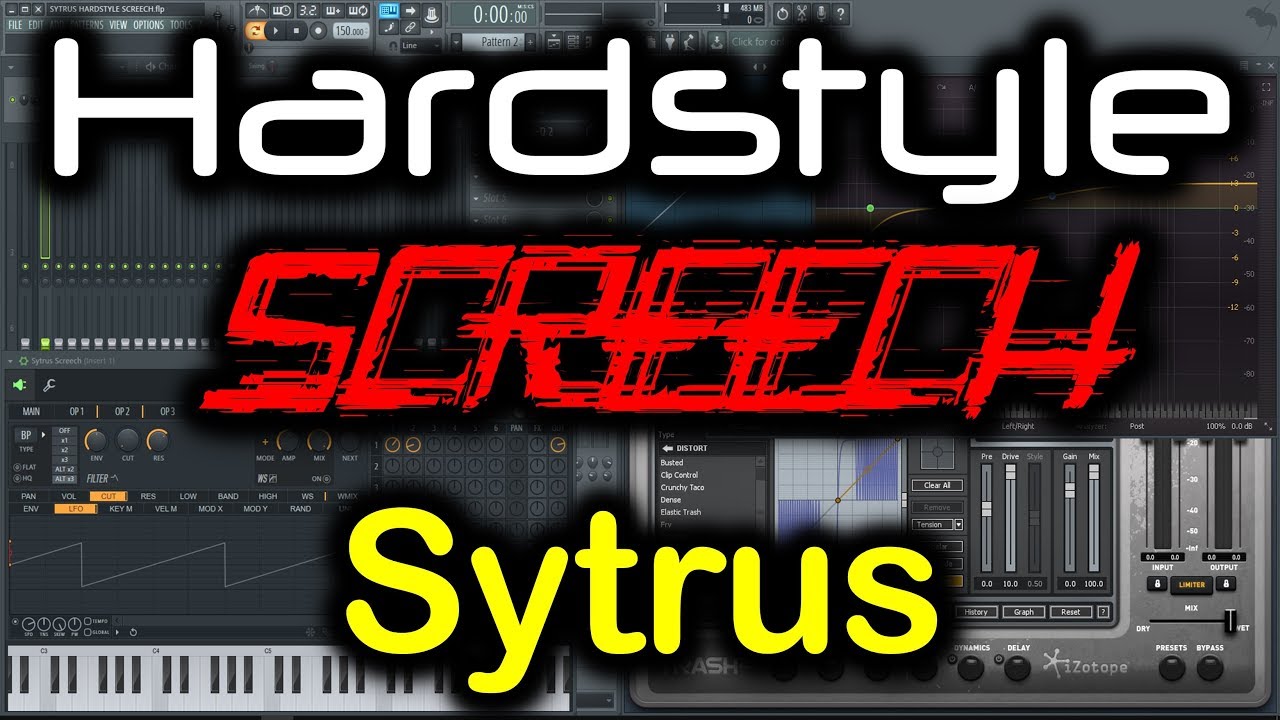
I ended up choosing the two shown above called Attack Snare 59 and Attack snare 44. We’ll be adding our own effects in the Mixer later on. We also want samples that are completely dry, meaning they have no other effects applied to them such as delay or reverb. The one on the left is no bueno for our purposes. We can see the two on the right have quick and snappy rises and falls. What’s that mean? Let’s take a look at the three snares below that I’ve routed to the Mixer. Another way of looking at this is to look for samples that don’t last long in the Mixer. Attack is how long the snare sample will take to reach it’s max volume, and release is how long the sample will take to go back to zero volume.

We want both snares to sound similar and have a quick attack and release time. This tutorial will show you how to make a snare riser in FL Studio. The in the remix below, Waio uses one before a particularly filthy drop at about 3:40, and then again at around 4:30. They help build suspense, tension, and excitement just beforehand and can really drive home an idea or main point in a song.




 0 kommentar(er)
0 kommentar(er)
